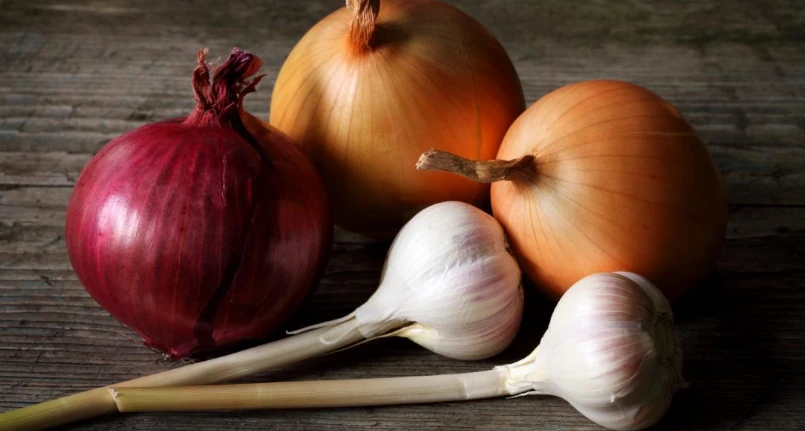Non-pathological color changes of color
Role of food, drugs and sport
Foods that color urine
Let’s start with the simplest and most known variable: the amount of liquids introduced with the diet. If you drink a lot it is normal to observe a pale color of urine , more similar to water, while in conditions of thirst you can notice an amber yellow color . In these cases the chromatic alterations depend on the simple dilution or concentration of the main pigment of the urine, called urochrome.
Still among the non-pathological conditions, the color of the urine, as well as its smell , can vary in response to the ingestion of certain foods. Consuming rhubarb or beets , for example, lends urinereddish hues . The same goes for feasting on prickly pears .
DRUGS
Urine can also take on an unusual color after taking certain medications or supplements. Some B vitamins , for example, when taken in high doses, give the urine a bright yellow, almost phosphorescent color . Pyramidone and other antirheumatic drugs give urine a homogeneous and bright pink color .
Some drugs ( cascara -based laxatives , phenacetin, phentoin, ibuprofen , methyldopa , rifampicin ) give the urine a red color . Others can make it closer to orange, such as the antibiotic rifampin, the blood thinner coumadin , phenazopyridine (used to treat urination disorders ), some laxatives, and some chemotherapy drugs.
Taking methylene blue as an antidote or contrast agent , the antidepressant amitriptyline , indomethacin (a nonsteroidal anti-inflammatory drug ), the antiulcer cimetidine , or the diuretic triamterene, gives urine a green to blue color.
Brown shades can be seen after taking the antimalarials chloroquine and pyrimethamine, the antibiotic metronidazole , nitrofurantoin (used as an antibacterial disinfectant of the urinary tract in urethritis, cystitisetc.), cascara or senna- based irritant laxatives and methocarbamol (a muscle relaxant useful in the presence of muscle spasms).
PHYSICAL EXERCISE
Particularly intense and prolonged physical effort is often associated with hematuria (presence of blood in the urine ). The disorder is most common among marathon and triathlete runners.
Pathological color changes
Diseases and color of urine
The color of the urine is mainly linked to the presence of urochrome, a pigment originating from the degradation of hemoglobin .
Red urine
HEMATURIA: presence of blood in the urine ( kidney stones , bladder stones, bladder inflammation , urinary infections, prostatic hypertrophy , kidney disease , tumors located in the bladder or kidney, abdominal trauma , urethral stricture , use of anticoagulant drugs ).
PORPHYRIA: clinical syndrome (or rather group of clinical syndromes) affecting the skin and the nervous system; it is accompanied by the emission of dark red urine, similar to wine .
Blue urine
FAMILY HYPERCALCEMIA or blue diaper syndrome: a rare hereditary disease that significantly increases blood calcium levels.
RUPTURE OF THE INTRAGASTRIC BALLOON used in the treatment of obesity
Dark brown urine
LIVER DISEASES : in the presence of an altered liver function , for example due to acute hepatitis or cirrhosis , the urine may turn dark brown. The rare hereditary disease alkaptonuria and glomerulonephritis can also lead to the same discoloration.
HEMOLYSIS, HEMOLYTIC CRISIS: such as that associated with favism .
MELANOMA : Presence of melanin in the urine.SUPPLEMENTS: bearberry .
Cloudy, dirty gray, greenish urine
URINARY TRACT INFECTIONS and KIDNEY STONES: due to the presence of leukocytes ( pus ), mucus and bacteria .
When to See Your Doctor
- If cloudy urine is associated with an urgent need to urinate, pain when urinating , fever , weakness, sweating , abdominal pain , and a foul odor, it is likely a urinary tract infection.
- If the same symptoms are associated with red urine, it could be prostate problems .
- If your urine turns dark in color and your skin and eyes turn yellow, it is probably due to liver disease. The same applies if the urine appears dark and the feces light (probable presence of gallstones ).
- If your urine turns red in color and you feel, or have recently felt, sudden, severe pain in your side, usually on one side only, you may have kidney stones.




